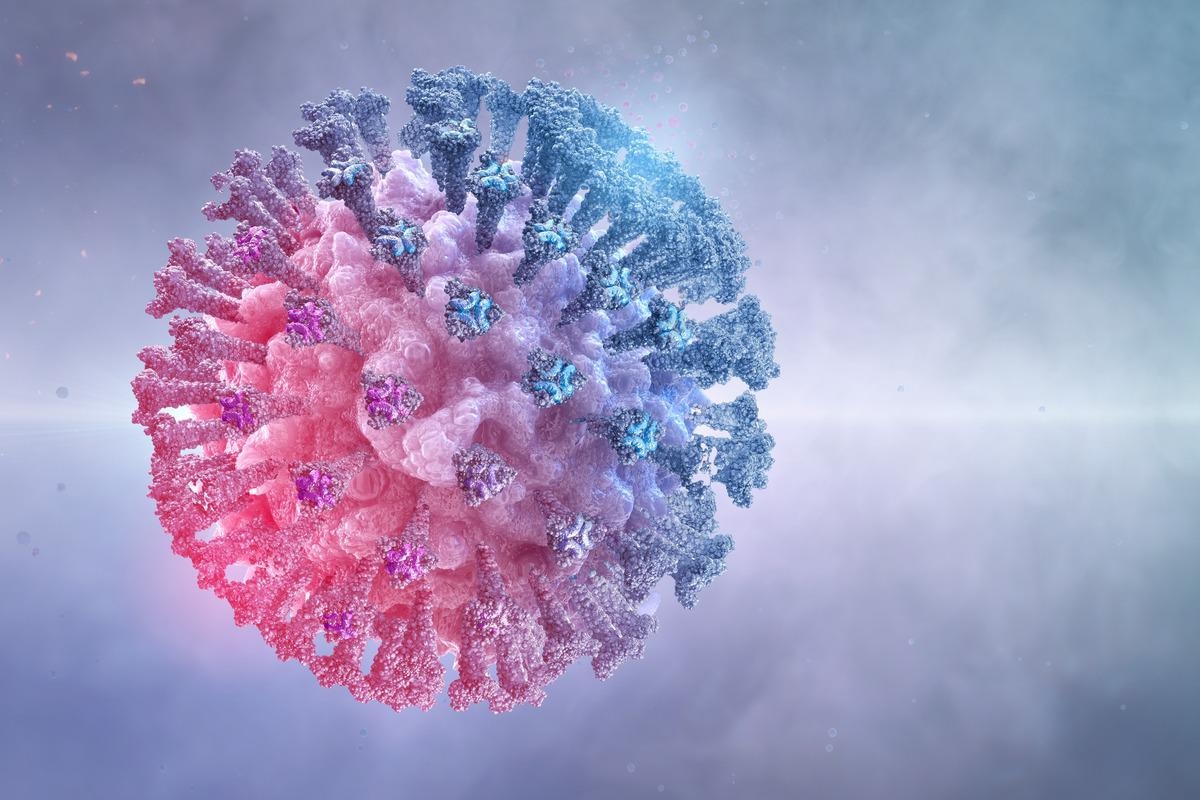In a recent study posted on Preprints with The Lancet*, researchers assessed the prevalence of severe acute respiratory syndrome coronavirus 2 (SARS-CoV-2) reinfections in the Province of Modena, Italy. They also conducted an overview of systematic reviews (SRs) to summarize the existing knowledge.

Background
Reinfections have been reported in patients diagnosed with coronavirus disease 2019 (COVID-19) following hospital discharge or even after several weeks of clinical recovery. Factors such as waning antibodies and the emergence of mutant SARS-CoV-2 variants contribute to the development of reinfections. Assessment of the prevalence of reinfections could guide public health decisions and policies for mitigating COVID-19.
About the study
In the present observational study, researchers used the big data analysis approach to evaluate SARS-CoV-2 reinfection rates among residents of the Province of Modena. They also reviewed existing systematic reviews that reported SARS-CoV-2 reinfection, to provide a summary of the existing findings of SARS-CoV-2 reinfection.
The team retrospectively analyzed the reports of the oropharyngeal or nasopharyngeal swab tests that were performed at the Department of Laboratory Medicine of the USL of Modena for molecular research of SARS-CoV-2 ribonucleic acid (RNA) between January 1, 2021, and June 30, 2021. In the studies, RNA from the nasopharyngeal and oropharyngeal swabs was first extracted and subjected to qualitative reverse transcription-polymerase chain reaction (qRT-PCR) tests to generate amplified copies of complementary deoxyribonucleic acid (cDNA).
The authors chose individuals who had initial positive, subsequent negative, and second positive RT-PCR reports. They considered reinfection to occur if the second RT-PCR report was positive after three months of the first report in individuals who were considered to be cured or a positive RT-PCR test performed >45 days post first positive test, accompanied by epidemiological exposure or associated symptoms.
Data analysis was carried out up to February 22, 2022. Data on the status of vaccination of the positively SARS-CoV-2-reinfected individuals were also obtained. Individuals were grouped into the following age groups: below 14 years, 15 to 29 years, 30 to 49 years, 50 to 69 years, and >70 years.
Additionally, data were searched on the Medline database using keywords such as “COVID-19, “SARS-CoV-2”, and “reinfection” for SRs published between 2020 and 2022. The team also screened the reference lists of potentially eligible SRs. The included SRs reported on the rate of reinfections, mentioned the search strategy, and reported adequate information including the definitions of reinfection and pooled estimates of the total reinfections count. There were no age, study setting, or language restrictions. SRs were excluded if they were of the narrative type, used animal models, or assessed specimens.
Data were obtained from the selected SRs on the following: SR characteristics (year, country, authors); definition for reinfection; study design (cohort, case report); participant characteristics (symptoms, sample size, sex, age); outcomes (reinfection count, period between initial and subsequent infection).
The quality of each SR was determined using the A MeaSurement Tool to Assess Systematic Reviews (AMSTAR) tool. The frequency of SARS-CoV-2 reinfections was evaluated and data were stratified into subgroups based on the vaccination status of individuals. The rate of reinfection was calculated as the proportion of reinfected individuals compared to the number of individuals who were positive in the first test. The overview was based on Cochrane methods and the findings were reported using the Preferred Reporting Items for Systematic Reviews and Meta-Analyses (PRISMA) checklist.
Results
During the study period of 18 months, 178,948 individuals underwent RT-PCR, of which, 20% had received a minimum of one COVID-19 vaccine dose before 30 June, particularly individuals aged above 70 years.
Twenty percent of individuals had positive PCR reports, five of which were vaccinated, and the highest viral load was observed in individuals aged 50 to 69 years (23%). Among vaccinated individuals, 5% of them had a positive PCR report.
In the first test, more than 35,000 (20%) individuals were SARS-CoV-2-positive. However, reinfections were reported in only 1,258 (3.5%) patients; the majority were children below 14 years who were unvaccinated and in individuals aged 30 to 49 years (33%), of whom 66% were vaccinated. Reinfections were significantly higher among unvaccinated individuals (1.1%) compared to vaccinated individuals (0.6%).
The time intervals between the initial and subsequent positive RT-PCR reports were 248 days for adults aged above 70 years and 313 days for children below 14 years, indicating that the elderly population was most vulnerable to SARS-CoV-2 reinfections.
A total of 22 SRs were identified in the data search, of which, three were excluded due to their ineligibility. Furthermore, 10 SRs were excluded, and thus, only nine SRs were considered for the overview. Among the selected SRs, five SRs, three SRs, and one SR were of moderate, low, and very low quality, respectively. The nine selected SRs confirmed that SARS-CoV-2 reinfections were rare.
Overall, the study results showed that although prior SARS-CoV-2 infection and vaccination confer protection against reinfections, the risk of reinfections is real, although rare.
*Important notice
Preprints with The Lancet publish preliminary scientific reports that are not peer-reviewed and, therefore, should not be regarded as conclusive, guide clinical practice/health-related behavior, or treated as established information.
- Pecoraro, Valentina, and Pirotti, Tommaso and Trenti, Tommaso. (2022). Evidence of SARS-CoV-2 Reinfection: Analysis of 35,000 Subjects and Overview of Systematic Reviews. Preprints with The Lancet. doi: http://dx.doi.org/10.2139/ssrn.4074665 https://papers.ssrn.com/sol3/papers.cfm?abstract_id=4074665
Posted in: Medical Science News | Medical Research News | Disease/Infection News | Healthcare News
Tags: Antibodies, Children, Coronavirus, Coronavirus Disease COVID-19, covid-19, Frequency, Hospital, Laboratory, Language, Medicine, Nasopharyngeal, Polymerase, Polymerase Chain Reaction, Public Health, Research, Respiratory, Ribonucleic Acid, RNA, SARS, SARS-CoV-2, Severe Acute Respiratory, Severe Acute Respiratory Syndrome, Syndrome, Transcription, Vaccine

Written by
Pooja Toshniwal Paharia
Dr. based clinical-radiological diagnosis and management of oral lesions and conditions and associated maxillofacial disorders.
Source: Read Full Article


